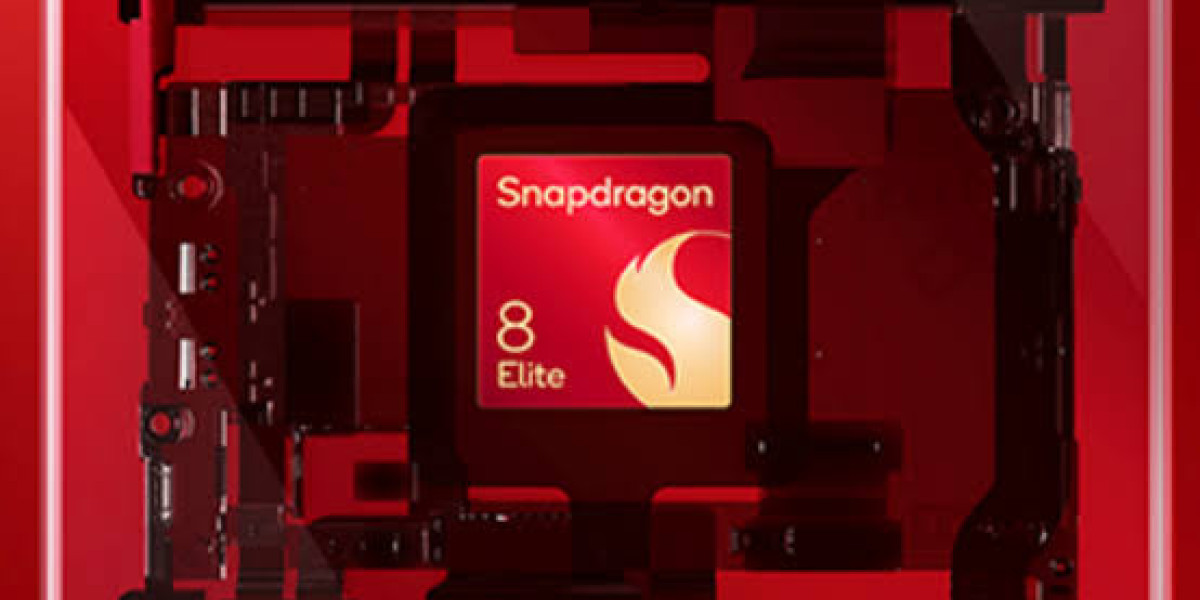Qualcomm has a new chip for flagship phones, and the best part is that it uses an improved version of the Oryon CPU architecture that the Snapdragon X Elite chips brought to Windows PCs earlier this year.
The Snapdragon 8 Elite is the follow-up to last year's Snapdragon 8 Gen 3—yet another change to the naming convention that Qualcomm uses for its high-end phone chips, though, as usual, the number 8 is still involved. The 8 Elite uses a "brand-new, 2nd-generation Qualcomm Oryon CPU" with clock speeds up to 4.32 GHz, which Qualcomm says will improve performance by about 45 percent compared to the Snapdragon 8 Gen 3.
Rather than a mix of large, medium, and small CPU cores as it has used in the past, the 8 Elite has two "Prime" cores for hitting that high peak clock speed, while the other six are all "Performance" cores that peak at a lower 3.53 GHz. But it doesn't look like Qualcomm is using a mix of different CPU architectures anymore, choosing to distinguish the higher-performing core from the lower-performing ones by clock speed alone.
Qualcomm promises a similar 40 percent performance boost from the new Adreno 830 GPU. The chip also includes a marginally improved Snapdragon X80 5G modem, up from an X75 modem in the Snapdragon 8 Gen 3—its main improvement appears to be support for additional antennas, for a total of six, but the download speed still tops out at a theoretical 10Gbps. Wi-Fi 7 support appears to be the same as in the 8 Gen 3, but the 8 Elite does support the Bluetooth 6.0 standard, up from Bluetooth 5.4 in the 8 Gen3.
Qualcomm says the new chip's CPU features "44% improved power efficiency" and "40% greater power efficiency" for the GPU, which ought to keep power usage in line despite the performance improvements—these gains are probably attributable to the new 3 nm TSMC manufacturing process, compared to the 4 nm process used for the Snapdragon 8 Gen 3.
And no 2024 chip announcement would be complete without some kind of AI mention: Qualcomm's image signal processor is now an "AI ISP," which Qualcomm says "recognizes and enhances virtually anything in the frame, including faces, hair, clothing, objects, backgrounds, and beyond." These capabilities can allow it to remove objects from the background of photos, among other things, using the on-device processing power of the chip's Hexagon neural processing unit (NPU). The NPU is 45 percent faster than the one in the Snapdragon 8 Gen 3.
Phones using the Snapdragon 8 Elite should begin appearing in "the coming weeks."
The Oryon CPU architecture's lineage goes back to Qualcomm's acquisition of Nuvia in 2021, a chip-design company founded by former Apple CPU architect Gerard Williams, who was involved with creating Apple Silicon chips. Nuvia was originally founded to develop server chips, but Qualcomm redirected its efforts toward consumer tech, and Williams is now senior VP of engineering at Qualcomm.








